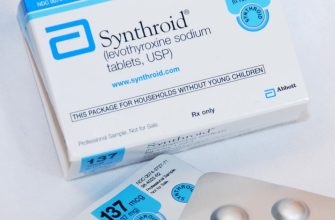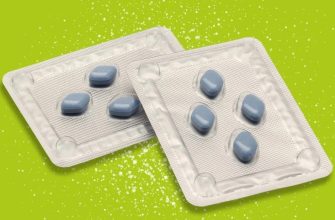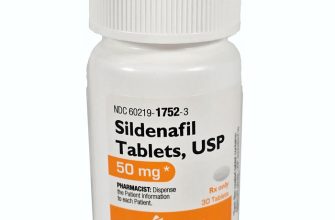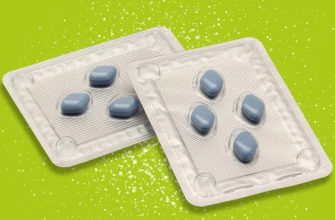Dexamethasone significantly reduces the duration and severity of croup symptoms. Administer a single dose of 0.6 mg/kg orally or intravenously; this typically provides substantial relief within hours.
Observe the child carefully for improvement. While dexamethasone isn’t a cure-all, it accelerates recovery. Monitor for respiratory distress, such as increased work of breathing or cyanosis, and seek immediate medical attention if these signs appear. A second dose is generally not recommended.
Supportive care plays a crucial role. Maintain adequate hydration, and consider cool, humidified air to ease breathing. Rest is also vital for recovery. These measures, combined with dexamethasone, offer a powerful approach to managing croup.
Note: This information is for general knowledge and should not replace consultation with a healthcare professional. Always seek medical advice for diagnosis and treatment of croup.
- Dexamethasone for Croup Treatment: A Comprehensive Guide
- Dosage and Administration of Dexamethasone for Croup
- Effectiveness and Side Effects of Dexamethasone in Croup Treatment
- Dosage and Administration
- Side Effects
- When to Seek Immediate Medical Attention
- When to Seek Medical Attention and Alternatives to Dexamethasone
Dexamethasone for Croup Treatment: A Comprehensive Guide
Dexamethasone, a corticosteroid, significantly reduces croup symptoms. Administering a single dose often suffices.
Dosage: The standard dose is 0.6 mg/kg orally. Always follow your doctor’s instructions; dosage may vary based on the child’s weight and severity.
- Preparation: Ensure accurate measurement using a calibrated oral syringe.
- Administration: Give the medication as a single dose. It can be mixed with a small amount of food or drink if needed to improve palatability.
- Timing: Administering the dexamethasone early in the course of the illness generally results in the best outcomes.
Benefits: Dexamethasone reduces inflammation in the airways, leading to improved breathing and a decrease in stridor (a high-pitched, wheezing sound). It also shortens the duration and severity of symptoms, potentially reducing the need for hospitalization.
Potential Side Effects: While generally safe, potential side effects, although uncommon, include increased appetite, mood changes, or difficulty sleeping. Consult your pediatrician if you observe any concerning side effects.
- When to seek immediate medical attention: Observe your child closely. Seek immediate medical attention if breathing difficulties worsen, or your child displays signs of dehydration (dry mouth, decreased urination).
- Monitoring: After administering dexamethasone, carefully monitor your child’s breathing and overall condition. Note any changes in their breathing pattern, activity level, or feeding habits.
- Follow-up: Follow up with your doctor as advised to ensure the croup has resolved and to discuss any concerns.
Important Note: Dexamethasone is not a replacement for supportive care. Maintain adequate hydration and monitor for respiratory distress. This information is for guidance only and does not replace professional medical advice. Always consult your doctor or other qualified healthcare professional for any health concerns.
Dosage and Administration of Dexamethasone for Croup
For croup treatment, a single dose of dexamethasone is typically recommended. The standard dose is 0.6 mg/kg of body weight, administered orally or intravenously.
Oral administration is generally preferred for its convenience. Parents can easily administer the medication at home. However, if the child is unable to swallow or is severely ill, intravenous administration may be necessary.
The medication usually works quickly, providing significant relief within a few hours. You should see improvement in breathing and reduced stridor (a high-pitched, wheezing sound).
Always follow your doctor’s instructions carefully regarding the dosage and administration. They will tailor the treatment to your child’s specific needs and condition. Never give your child a larger dose than prescribed.
While dexamethasone is generally safe and effective, potential side effects are rare. These may include increased appetite, upset stomach, or changes in behavior. Report any concerning side effects to your doctor immediately.
Remember, dexamethasone is just one part of croup management. Your doctor will likely also recommend supportive care measures such as humidified air and plenty of fluids.
Effectiveness and Side Effects of Dexamethasone in Croup Treatment
Dexamethasone significantly reduces the severity and duration of croup symptoms. Studies show a decrease in hospital admissions and shorter hospital stays for children receiving a single dose. This benefit is particularly noticeable in moderately to severely affected children.
Dosage and Administration
A single dose of dexamethasone (0.6 mg/kg) is generally recommended. It’s usually administered orally, but intravenous administration may be necessary in severe cases. Always follow your doctor’s precise instructions on dosage and administration.
Side Effects
While generally safe, dexamethasone can cause side effects, albeit rarely serious. These include increased appetite, mood changes, and difficulty sleeping. In rare instances, more serious side effects, such as high blood sugar, may occur. Your doctor will discuss potential risks and benefits before administering the medication.
When to Seek Immediate Medical Attention
While dexamethasone is helpful, it’s not a substitute for seeking medical help if your child has severe croup symptoms, such as difficulty breathing, increased respiratory distress, or cyanosis (bluish discoloration of the skin). Immediate medical attention is necessary in such situations.
When to Seek Medical Attention and Alternatives to Dexamethasone
Seek immediate medical attention if your child exhibits labored breathing, significant retractions (sucking in of the skin between the ribs or above the collarbone), or a bluish tinge to their skin. These are signs of severe airway obstruction requiring urgent care. Also, contact your doctor if your child’s symptoms worsen despite home treatment or if they’re having difficulty drinking fluids.
Alternatives to dexamethasone include supportive care focusing on hydration and humidified air. Humidifiers add moisture to the air, helping to loosen mucus and ease breathing. Cool mist humidifiers are generally preferred. Ensure your child receives plenty of fluids to prevent dehydration, offering frequent sips of water, electrolyte solutions, or breast milk/formula.
Rest is crucial. Allow your child to rest as much as possible to aid recovery. Over-the-counter pain relievers, such as acetaminophen, can help manage fever and discomfort, but always check with your doctor first, especially for infants.
Monitor your child closely for any changes in their breathing or overall condition. If you have any concerns, don’t hesitate to contact your healthcare provider. Early intervention can significantly improve outcomes.
Remember, this information is for general knowledge and doesn’t replace professional medical advice. Always consult your doctor or other qualified healthcare professional for diagnosis and treatment of croup or any medical condition.










